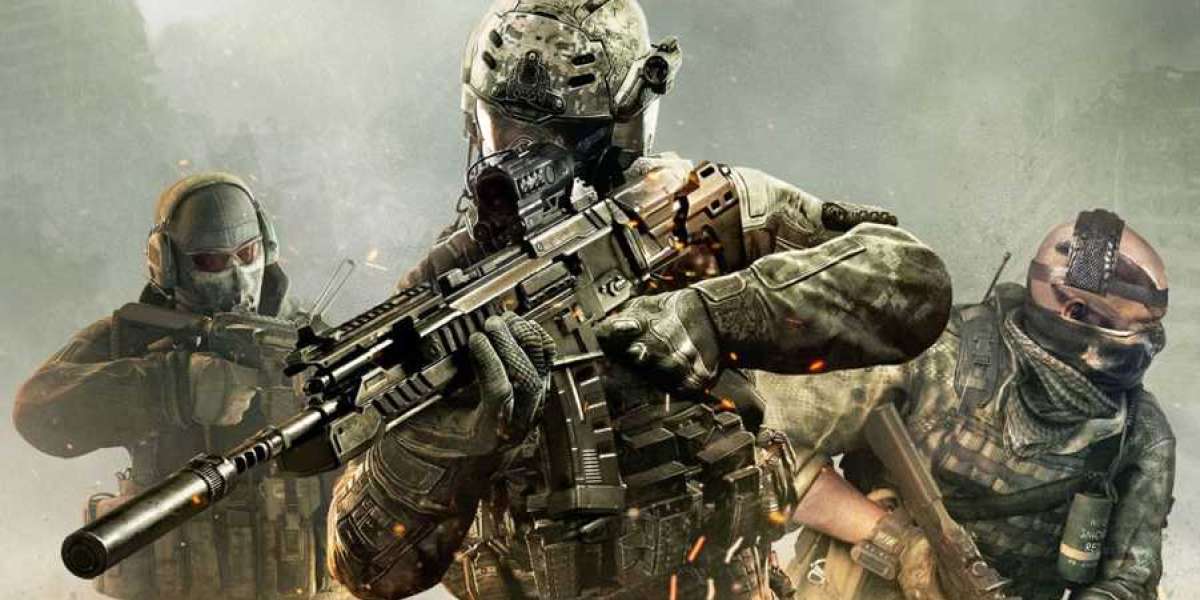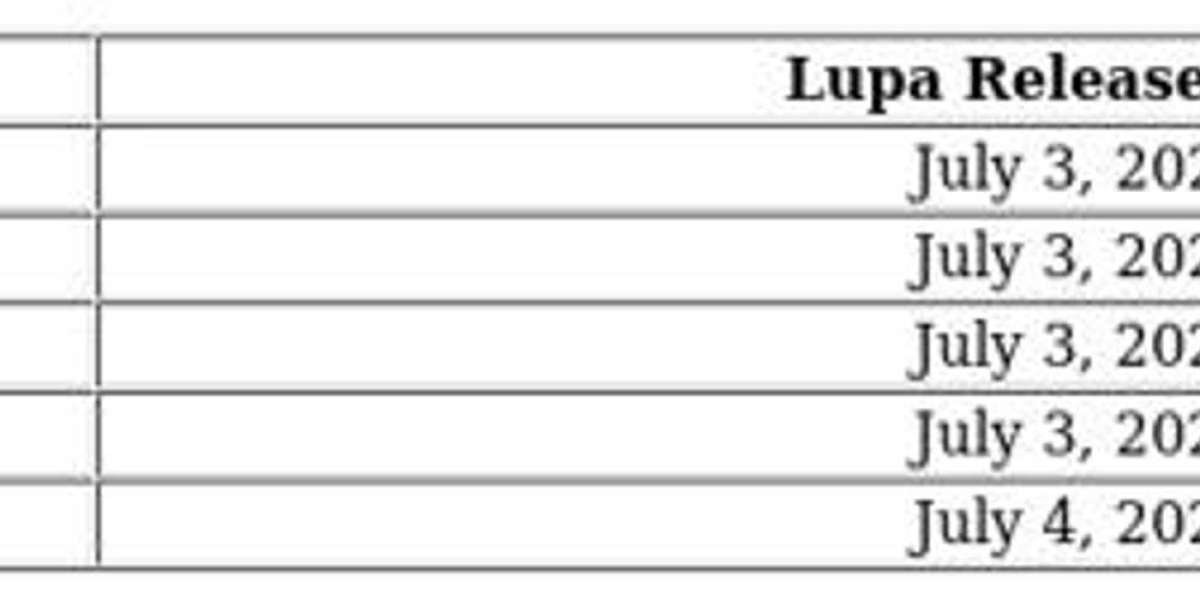Path of Exile 2 represents a fundamental evolution in Grinding Gear Games' philosophy toward live service and post-launch content, building upon the successful foundation of the original while implementing crucial improvements to ensure long-term sustainability and player satisfaction. Unlike the original game which underwent numerous systemic transformations that sometimes rendered older content obsolete, the sequel is being built with a forward-looking architecture designed to accommodate years of future expansions without compromising its core stability. This strategic shift focuses on horizontal expansion, deeper integration, and more responsive community-driven development.
The most significant change lies in the content expansion strategy. While the original Path of Exile famously introduced a new challenge league every three months, Path of Exile 2's more stable core systems allow for these leagues to be more ambitious and mechanically richer. The development team has moved away from the concept of "leagues as disposable content" toward creating league mechanics that are designed from inception for seamless integration into the core game. This is achieved through a modular approach where league content can be incorporated as optional, toggleable systems within the endgame Atlas rather than as mandatory clutter. Furthermore, the plan for larger, expansion-sized updates will focus on broadening the game's horizontal endgame rather than repeatedly adding new vertical progression systems that power-creep previous content. This means introducing entirely new endgame modes—similar in scope to Delve or Heist but designed at the engine level—that exist alongside the mapping system as parallel progression paths, giving players more viable ways to engage with the game without making existing content obsolete.
Another critical evolution is in the approach to game balance and community feedback. The development cycle for Path of Exile 2 is structured to allow for more iterative and frequent numerical tuning rather than the dramatic, meta-shattering overhauls that sometimes characterized the original game. This "agile balancing" philosophy aims to maintain a healthier competitive environment and build diversity by making smaller, more regular adjustments based on comprehensive gameplay data. The team has also invested heavily in better internal testing tools to identify problematic interactions before they reach the live environment, reducing the frequency of emergency nerfs and disruptive hotfixes that plagued some league launches in the original game.
Community transparency has been elevated to a core development principle. The developers have committed to more detailed manifesto posts explaining balance changes and a more open dialogue about the game's direction. This includes earlier reveal cycles for new leagues and a more structured beta-testing process for major features, allowing for player feedback to be incorporated before final implementation. By creating a more stable foundation for content, adopting a nuanced approach to balance, and fostering a collaborative relationship with its player base, poe2 items sale's live service model is positioned to support a deeper, more polished, and enduring action RPG experience that grows intelligently with its community for years to come.














